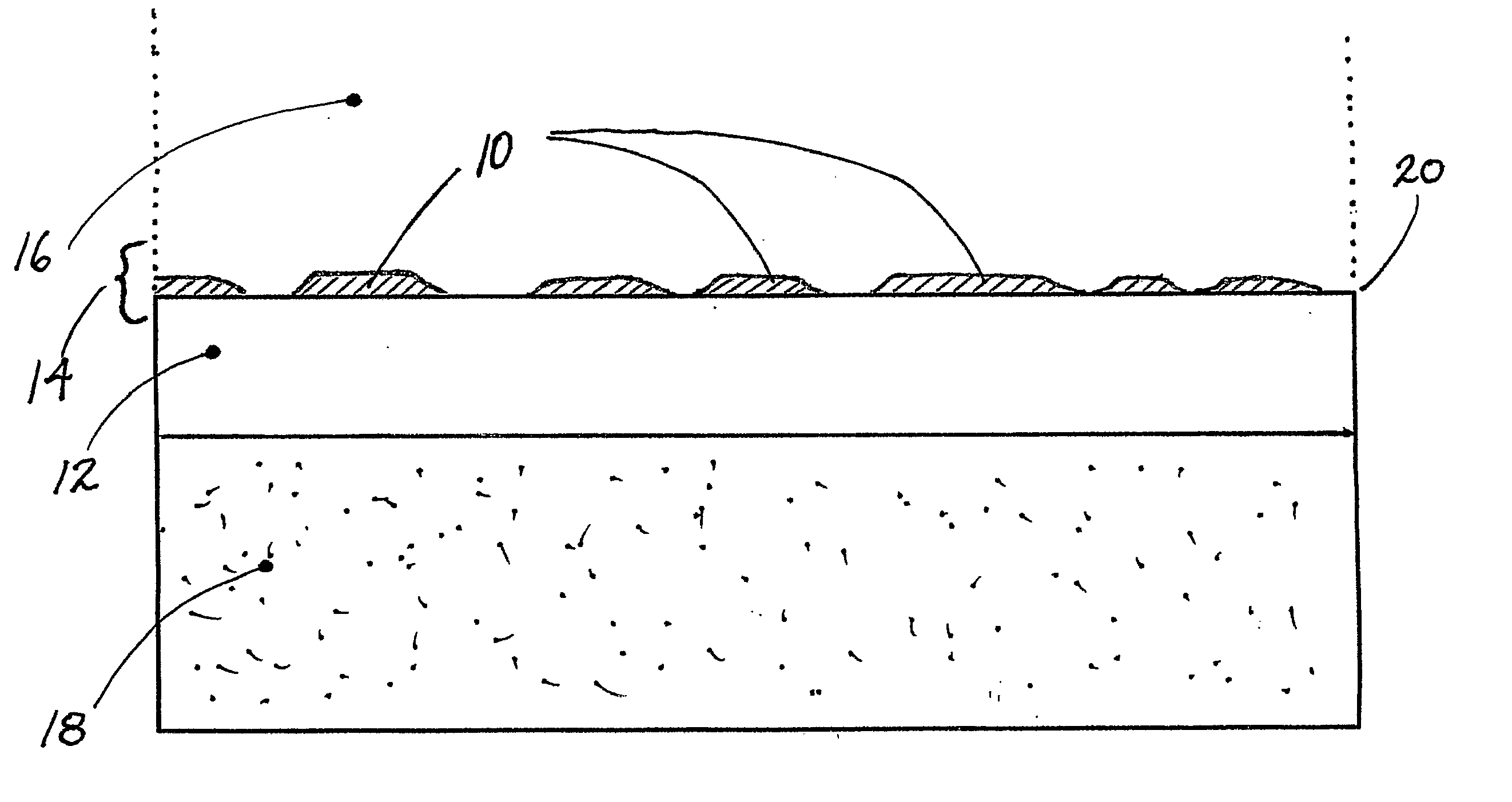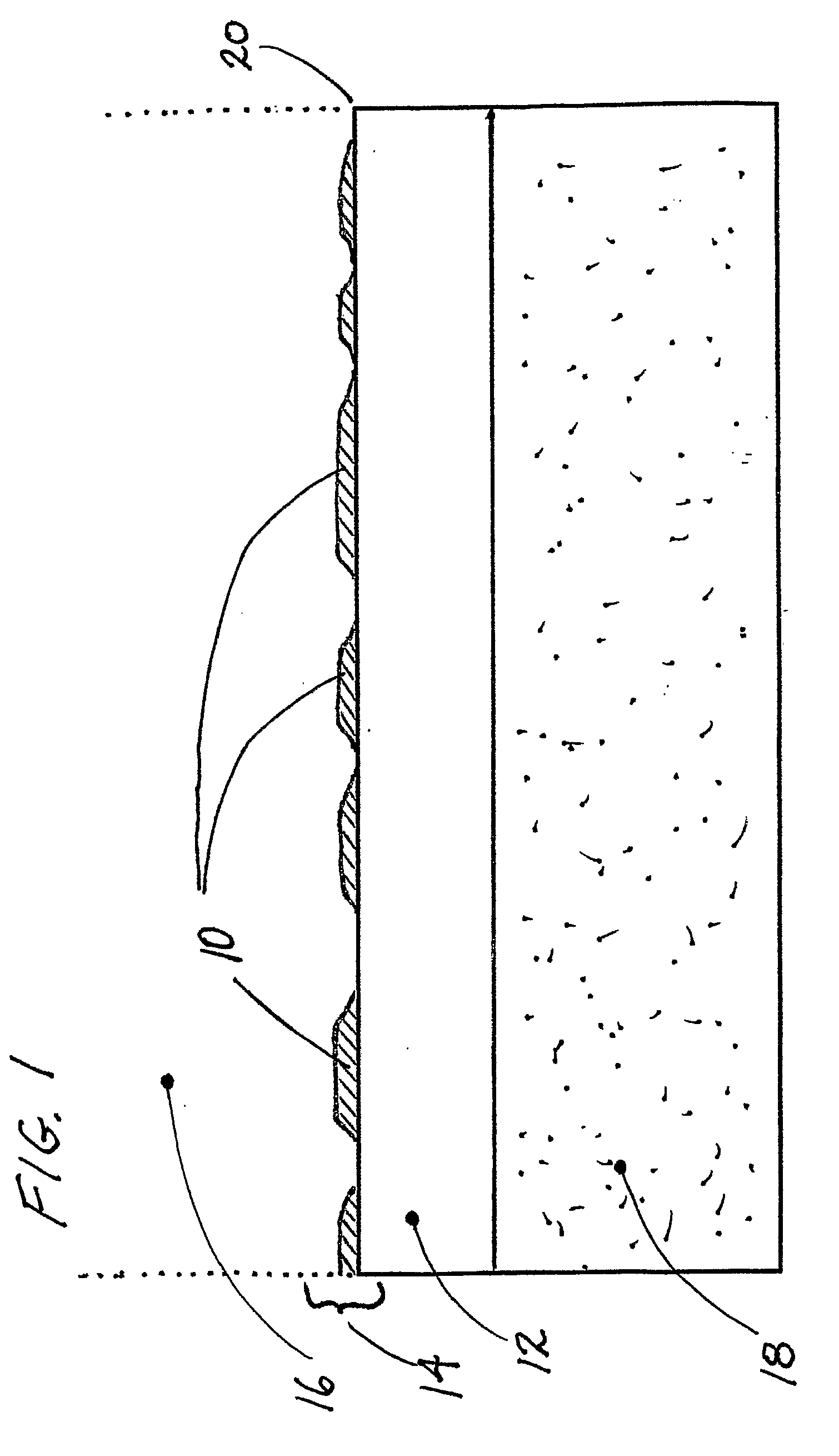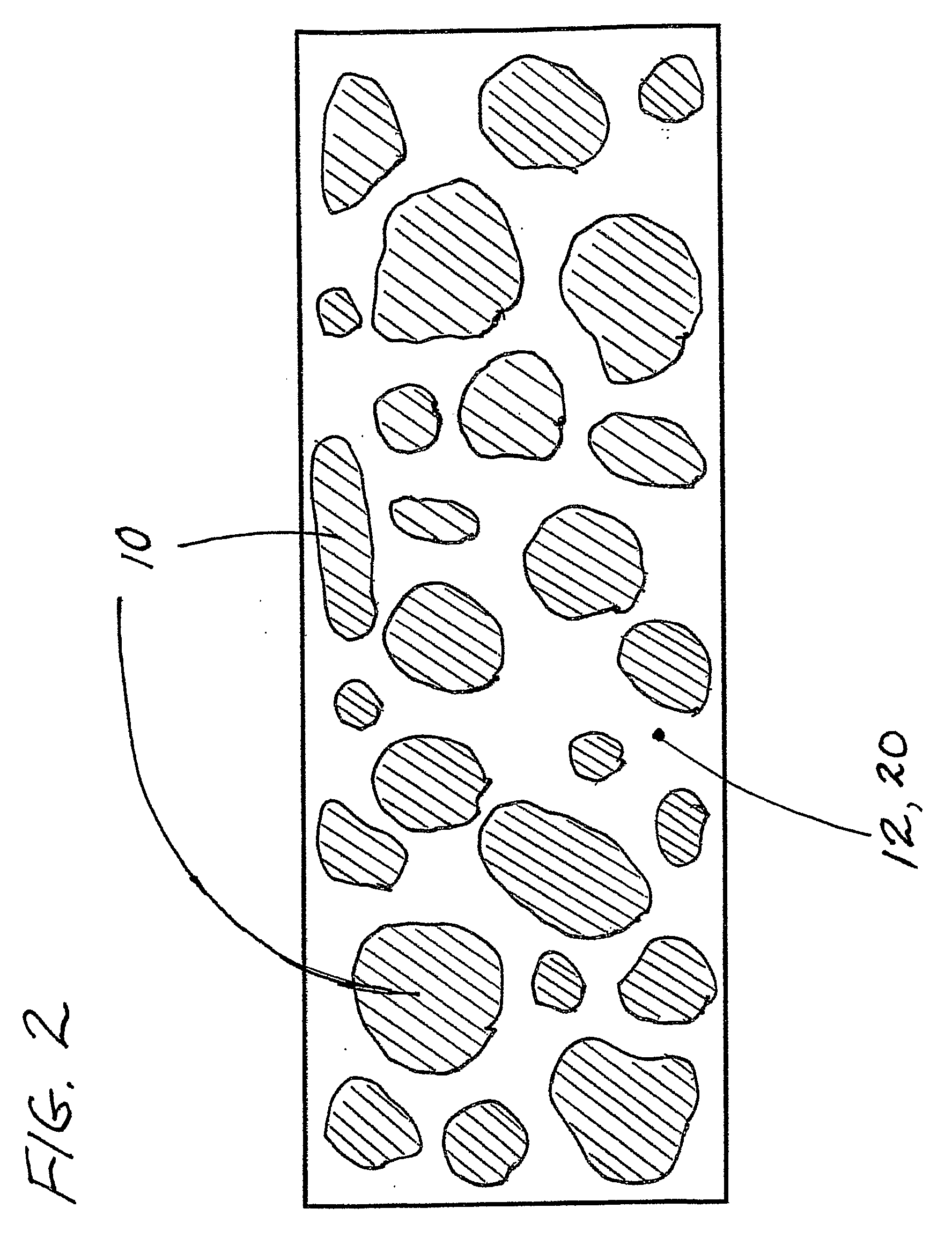Apparatus and Method for Generation of Ultra Low Momentum Neutrons
a neutron and momentum technology, applied in nuclear engineering, nuclear reactors, greenhouse gas reduction, etc., can solve the problem that the prior art neutron generators do not produce ultra low momentum neutrons, and achieve the effect of decreasing the binding energy per nucleus
- Summary
- Abstract
- Description
- Claims
- Application Information
AI Technical Summary
Benefits of technology
Problems solved by technology
Method used
Image
Examples
Embodiment Construction
[0038] One feature of the present invention provides a method for the creation of (preferably large fluxes of) ultra low momentum neutrons in condensed matter systems, preferably at very moderate temperatures and pressures in various preferred types of very compact, comparatively low cost apparatus. Absorption of ULMNs by nuclei within the invention's apparatus initiates the formation of complex, coupled networks of local, neutron-catalyzed nuclear reactions that are broadly referred to herein as Low Energy Nuclear Reactions or LENRs.
[0039] Commercially, fluxes of such ULMNs can be utilized to trigger ULMN-catalyzed LENRs in preferred target materials for the generation of excess heat and / or for inducing transmutation reactions that are used to create other desired isotopes of commercial value. Excess heat can be converted into other usable forms of energy using various preferred types of energy conversion technologies used in power generation.
[0040] Thus, an apparatus or method a...
PUM
 Login to View More
Login to View More Abstract
Description
Claims
Application Information
 Login to View More
Login to View More - R&D
- Intellectual Property
- Life Sciences
- Materials
- Tech Scout
- Unparalleled Data Quality
- Higher Quality Content
- 60% Fewer Hallucinations
Browse by: Latest US Patents, China's latest patents, Technical Efficacy Thesaurus, Application Domain, Technology Topic, Popular Technical Reports.
© 2025 PatSnap. All rights reserved.Legal|Privacy policy|Modern Slavery Act Transparency Statement|Sitemap|About US| Contact US: help@patsnap.com



